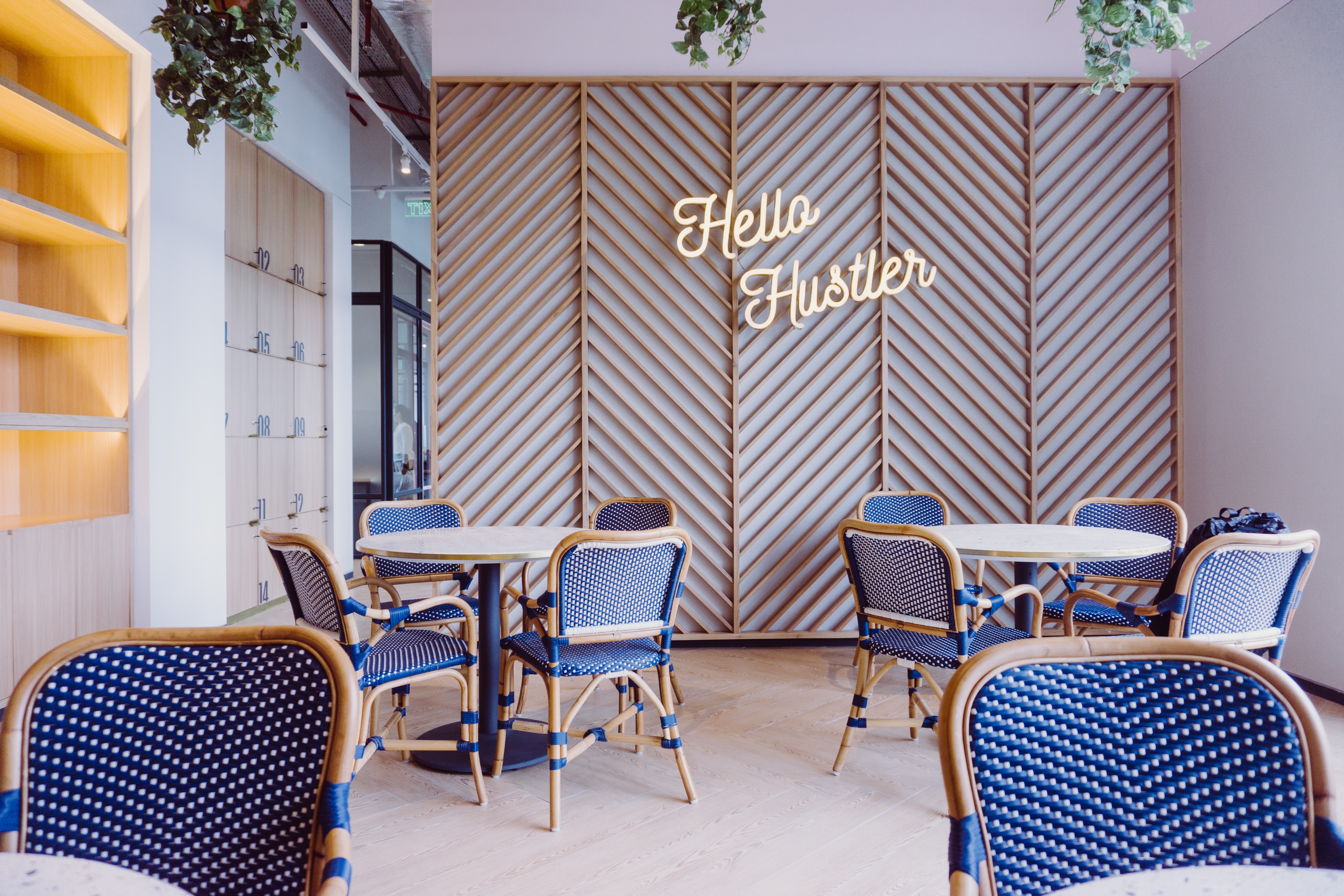Is coworking still a profitable business?
If you’ve been involved in coworking long enough, this won’t be a new question for you. We’ve been asking ourselves the same thing since the coworking movement first began. However, today, there’s an added layer of complexity to the question, as we find ourselves in a scenario we’d only thought possible in a horror or thriller movie.
The impact of COVID-19 and the social distancing measures that are being implemented until a vaccine or cure is discovered are having an impact on many businesses from two angles. On one hand, many are experiencing a lack of income due to closure and on the other, they are having to adjust their business models to adapt to the new transitional phase that is already happening in many countries.
The lack of or significant reduction in income as a consequence of the lockdown has left many coworking operators experiencing significant cash flow problems. The speed at which they react to the situation will make a difference: accessing credit channels, reducing operational costs and reviewing internal and external communication policies will have an impact in the coming months, however, it’ll be undeniably tough for many.
As well as adjusting the capacity of coworking spaces to meet the physical distancing requirements set by various governments, some revenue streams such as those created by events will cease, or be significantly reduced, until at least the end of the current year.
Is COVID-19 jeopardising the rentability of coworking spaces? Yes, however, the various distancing measures will affect each space differently.
The first thing that will determine the coworking industry’s performance in the upcoming months is how the pandemic evolves, whether or not we experience new peaks in the virus and how quickly a vaccine is deployed.
The second factor that will influence individual coworking operators is the framework of regulations set out by the government of the country in which they reside. Operators are already reconfiguring their spaces to adhere to new rules by modifying existing layouts or reducing density. Of course, those with higher densities will have to be the most creative when it comes to reinventing their business model unless they have large margins that allow them to stay profitable enough to retain their existing model.
The third factor to consider is people’s fear of the virus. I don’t think we speak enough about this, and when we do, we don’t call it by its name. Why do some spaces implement stricter rules than those that are set by the government? The answer to this question is simple: if we don’t offer security and trust to our members so they can come back to work with peace of mind, we will struggle. With time, we can predict that people will start to relax and that in the short-medium time fear won’t be that big of a problem, but it will vary according to culture, the impact of COVID-19 in a specific region or country and the individual’s own concerns.

With this in mind, I would like to highlight that, even though a workspace might meet the authority’s mandatory health and safety measurements, if that coworking space is not perceived as secure, its members or potential members will voice their concerns by consulting the operator, cancelling their membership and in the case of a potential member, not signing up.
The past few months have impacted us all. How individual workspaces have managed their relationship with members and suppliers will also have made a difference. Obviously, there is an obligation to fulfil contracts, but a pandemic was on nobody’s radar or in anybody’s contract clauses. Everyone’s circumstances will have varied and it is important to maintain contact to develop an understanding of everyone’s situation and to find a common ground. Coworking spaces that have kept a communication channel open with their members, those that have listened and communicated effectively might now have even more loyal members. Those who have not might find that their members are migrating to a more ‘caring’ workspace as soon as their contracts end or even sooner.
So, is coworking still a profitable business?
In my opinion: yes, more than ever - in the medium-long run.
In an environment that we can define as VUCA3 - raised to 3 power - (volatile, uncertain complex and ambiguous) flexible workspaces as a solution bring advantages that cannot be ignored. Many industries or companies that traditionally wouldn’t consider coworking as a solution that could adapt to their needs will see it with fresh eyes because flexibility has become one of the main factors for businesses.
Of course, there will be important contractual changes like adding clauses for pandemics, clients are going to be looking for legal cover in case of another potential lockdown. Also, I believe members are going to demand more in the way of health, safety and hygiene. There are a lot of headlines about the rise of remote working and how it’s here to stay. If just a small number of companies decided to change their approach, being more mindful and wanting more flexibility, or even if they just decided to avoid having their staff in the same physical location, the advantages would be many for coworking workspaces as they would start seeing new potential clients knocking on their doors, whenever they are prepared to start accepting them!
I don’t know whether remote working will become ubiquitous in the long-term, but I know that different markets are requesting flexible work solutions that enable them to adapt to the new reality that we’re all a part of.
So perhaps the real question should be: are we going to make the most of this opportunity?

I am Marc Navarro, coworking consultant.
I am part of the creation of new coworking spaces, advising from the very beginning of the project, from the space layout to maximise the project turnover, to the sales policy modifying the selling strategy as needed considering the owners and managers' needs. I also work hand to hand with private corporations like Endesa which are willing to rethink their HQ to improve their workflows and work environment. I also work with public corporations to create new and more collaborative ways to add value to the citizens. I'm a speaker, content curator and coworking writer, whilst flying from one city to the next one.
Content Director of the CoworkingSpain Conference, Content Curator in the Coworking Unconference Asia and Advisor at the Latam Coworking Summit. Creator of the first coworking with social return, Sinèrgics and former Director of the first Utopicus coworking in Barcelona. Until February 2018 I was responsible for CREC coworking strategy.
Related posts
-
Is Hot Desking Right for Your Business? Pros & Cons of Flexible Workspaces
Hot desking has become one of the go-to solutions for businesses seeking flexibility and cost efficiency. It supports hybrid working models, boosts collaboration and reduces office overheads. But hot desking isn’t right for everyone.
-
Sustainable Wokplace Design: 5 Best Practices for 2025
The topic of sustainability continues to dominate conversations in the flexible workspace industry.
-
How to Design an Office to Attract and Retain Top Talent
Discover how a well-designed office can attract and retain top talent. Learn key strategies for creating flexible, community-driven, and wellness-focused workspaces.
-
4 Ways Tech is Revolutionising the Office
Discover how technology is transforming modern office spaces with cloud flexibility, smart design solutions, virtual reality meetings, and data-driven decision-making. Learn the key trends shaping coworking spaces and enhancing workplace collaboration.
-
Hybrid Work: How to Attract Your Employees Back to the Office on a Friday
Discover why hybrid work is here to stay and explore effective strategies to attract employees back to the office on Fridays. Learn how collaboration, company culture, and innovative perks can boost productivity and employee satisfaction.
-
Why You Should Consider a Hybrid Work Strategy
Explore the benefits and strategies of hybrid work in this comprehensive guide. Learn how a flexible work model can boost productivity, improve work-life balance, and attract top talent.